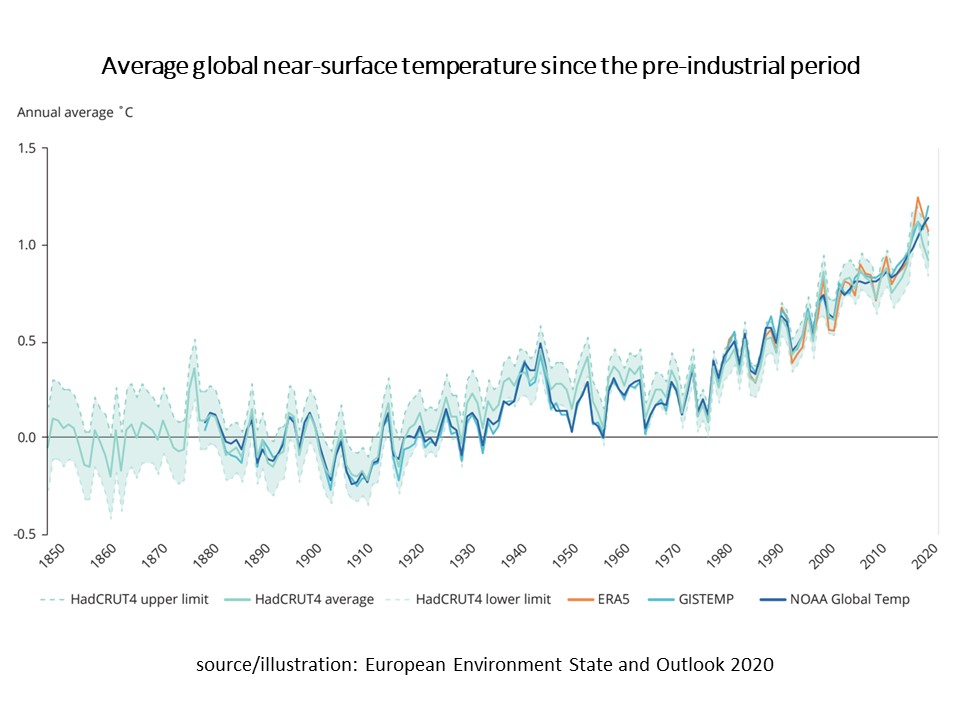
photo: NOAA


Climate change includes both global warming as well as the resulting large-scale shifts in weather patterns. The largest driver of warming is the emission of greenhouse gases [CO2 and methane]. The human cause of climate change is not disputed by science anymore.
It is the most profound of our environmental problems to solve.
The question is no longer simply how can we stop climate change, but how can we, as a civilization, survive it; that is, how to create resilience. So much has been published and discussed about climate change already, that I chose to limit myself to three phenomena that received less attention up till now:
permafrost, the Atlantic Gulf stream, and agriculture.

photo: Katie Orlinsky
The Arctic is warming fast, and as a consequence, frozen soils are starting to thaw, often for the first time in thousands of years, releasing greenhouse gasses in massive quantities. How this all happens is quite unclear. But discoveries do suggest that this happens faster than anticipated.
The UN’s IPCC has only recently started incorporating permafrost into its scenarios. It still underestimates how much chaos that could unleash.
For more information, visit permafrostcarbon.org and the three recent articles on the subject, below.
Merritt R. Turetsky et al.
Richard Stone
Faculty of Science
The Atlantic Meridional Overturning Circulation [AMOC] transports warm surface water from the Equator towards Iceland, where it cools, then sinks and streams back south. The accompanying winds bring mild, wet weather. This Atlantic Gulfstream is presently at its weakest in at least a 1000 years, which could lead to more droughts and storms in Western Europe. And sea levels rising on the eastern coast of the USA. A new study was recently published in Nature Geoscience and can be found via this link:




This special IPCC report of August 2019 focuses especially on the impact of agriculture on climate change.
Agriculture contributes a significant share of the greenhouse gas emissions: 17% directly through agricultural activities and an additional 7-14% through changes in land use [OECD]. Agriculture accounts for roughly 40 percent of the land and 70% of the water we use. Worldwide, livestock production occupies 70% of all land used for agriculture. So, apart from soil and water pollution, deforestation, and loss of wildlife biodiversity, agriculture is a major contributor to global warming.
A study from 2020 by the International Land Coalition, together with Oxfam and World Inequality Lab found that 1% of the land owners manage 70% of the world’s farmland.
“ In this powerful and prescient book, Dumanoski moves beyond now-ubiquitous environmental buzzwords about green industries and clean energy to provide a new cultural map through this dangerous passage. Though the message is grave, it is not without hope. Lucid, eloquent, and urgent, The End of the Long Summer deserves a place alongside transformative works such as Silent Spring and The Fate of the Earth“.


This website is a personal narrative, based on 50 years experience in international business, non governmental organisations and consulting practise. My guest lectures at the Institute of Environmental Sciences [Leiden University, The Netherlands] are derived from it.
Ludo van Oyen – Brussels, 2021
Some photos are taken from the web. If you think your photo is used and you disagree, please send me an e-mail and I will remove it from this site.